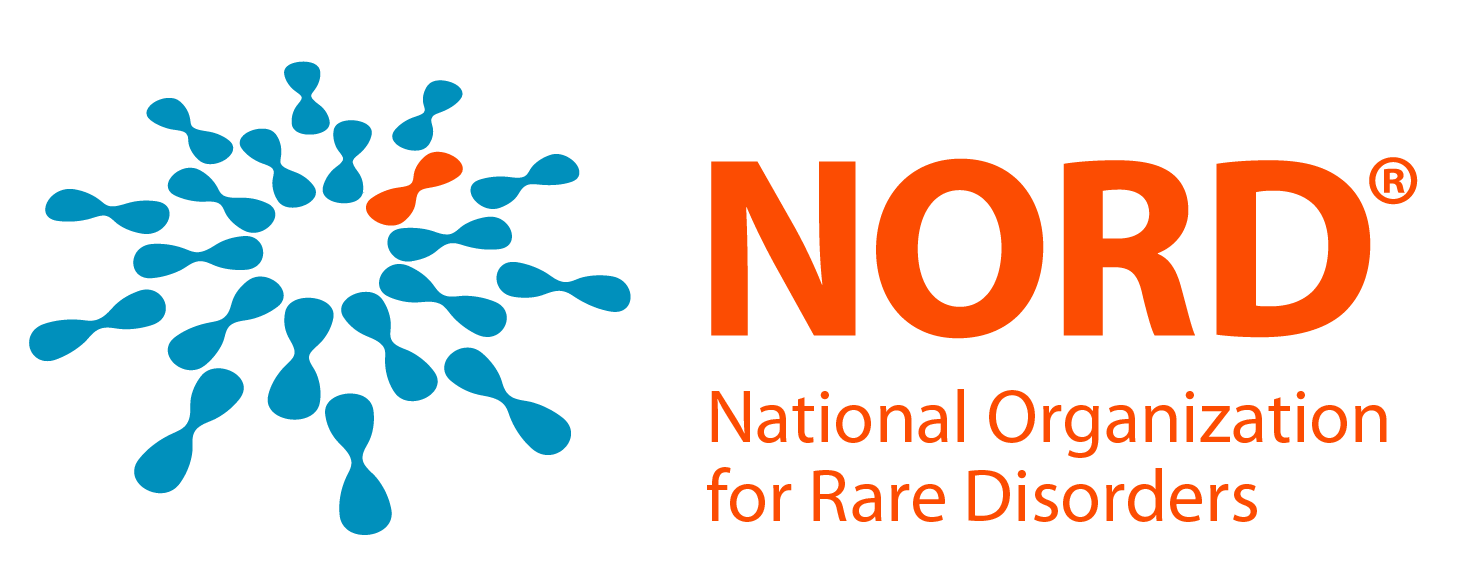Wisconsin Chiari Center
About Wisconsin Chiari Center
The mission of The Wisconsin Chiari Center (WCC) is to advance the diagnosis, understanding of and treatment of the Chiari 1 malformation and related disorders through the collaboration of neurologists, neurosurgeons and neuroradiologists as well as cardiologists, rheumatologists, physiatrists, gastroenterologists, electrophysiologists and urologists. Their number one priority is the compassionate and respectful evaluation of patients who suffer from the numerous symptoms that comprise the Chiari syndrome. The Wisconsin Chiari Center seeks to identify the most likely cause or combination of causes of these symptoms in any given patient, be it the Chiari 1 malformation, cervical stenosis, syringomyelia, tethered spinal cord, or POTS. They seek to develop a treatment plan that offers the greatest benefit to the patient with least possible risk. Their mission is also to learn from their experience so that they may contribute to the education of the medical community regarding these disorders in the hope of eliminating delay in diagnosis and treatment in the future. Arnold-Chiari malformation is a rare malformation of the brain that is sometimes, but not always, apparent at birth. It is characterized by abnormalities in the area where the brain and spinal cord meet that cause part of the cerebellum to protrude through the bottom of the skull (foramen magnum) into the spinal canal. This interferes with the flow of cerebral spinal fluid to and from the brain, leading to accumulation of cerebral spinal fluid in the empty spaces of the spine and brain. The portion of the cerebellum that protrudes into the spinal canal can become elongated and is called the «cerebellar tonsils» because it resembles the tonsils. It is the compression of the brain stem and spinal cord that is primarily responsible for the symptoms. The Wisconsin Chiari Center has learned that compression that is sufficient to cause symptoms can occur even when the cerebellar tonsils protrude by as little as 1 millimeter.


